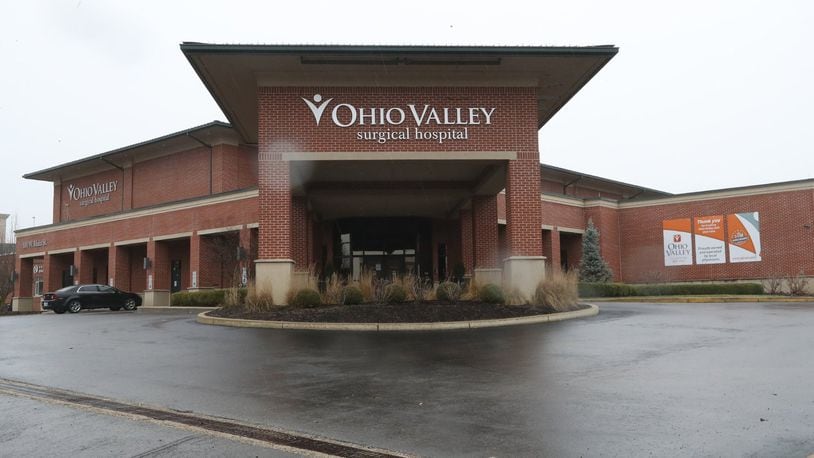Before temporarily suspending its services in March, Ohio Valley was on average doing about 1,000 surgeries a month. Steve Eisentrager, president of the physician-owned hospital, said they are now on pace to do 850 this month, factoring in scheduled appointments.
Ohio Valley began opening up parts of its operations on May 11 after state guidelines allowed the resumption of certain elective procedures earlier that month.
MORE: Coronavirus: 38,837 total cases, 2,404 deaths reported in Ohio
“We are now able to do more complex surgeries. We are able to offer all of our services,”Eisentrager said
“The good news is that we can do everything that we did before. But it depends on other factors. We have a lot of referrals coming from primary care offices,” he added.
Most of the surgeries performed at the hospital are elective. When the hospital decided to close in March, the majority of its employees were furloughed. Ohio Valley has a staff of 325 and at the time of its temporary closure, 25 employees were to remain in order to provide needed services unrelated to elective surgeries, Eisentrager told the News-Sun in March.
Representatives of Ohio Valley did not give the exact number of employees who have since returned to work, but instead said that they are bringing people back based on the number of surgeries scheduled and the demand for certain services.
Elective procedures were temporarily suspended in Ohio in order to preserve PPE as state officials feared a shortage at the start of the global pandemic. There were also issues in the availability of testing for the coronavirus. COVID-19 is the illness caused by the novel coronavirus that has spread throughout the world.
Eisentrager said PPE is more plentiful now than it was in March and that the hospital is still relying mostly on private vendors for those supplies. That includes face masks, face shields and other protective equipment. He said they have more access to services that sterilize some of that equipment allowing it to be reused more frequently.
PHOTOS: Residents gather in Springfield for peaceful protest of racial injustice
Eisentrager said that the hospital has expanded its screening process for patients and have swabs available to screen patients for COVID-19. He said equipment needed for testing has become more available and testing opportunities have also increased. That allows the hospital to test patients and get results back before procedures.
Representatives of Ohio Valley said since they are not an acute care facility; the hospital therefore does not have COVID-19 patients. In addition, they have implemented a virtual waiting room concept for certain services such as imaging. Patients are able to sign in and wait for their appointments without having to enter the facility.
There are also restrictions on the number of visitors allowed and certain services have been modified in order to comply with state guidelines regarding the coronavirus.
However, when the hospital will be able to ramp up to full operations depends on how fast the community can adjust to “the new normal” Eisentrager said. That includes how and when businesses reopen, when local sports resume back to normal schedules and when in-classroom instruction returns to schools for example.
Eisentrager said those all play a role in the demand for certain services offered at the hospital, including procedures and other services needed due to sports-related injuries.
About the Author
